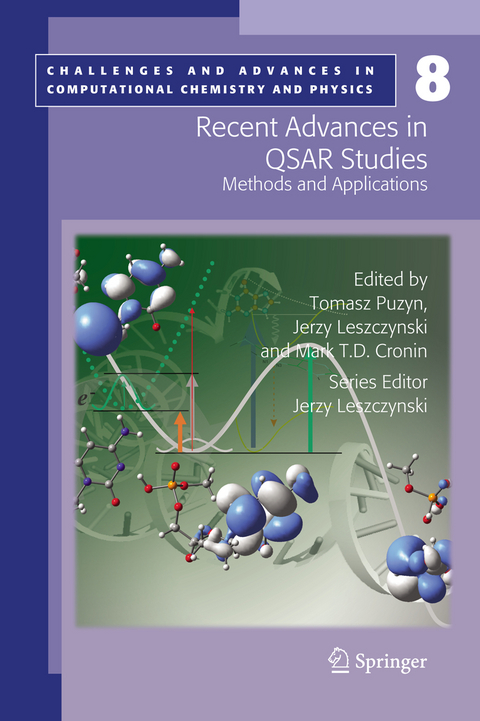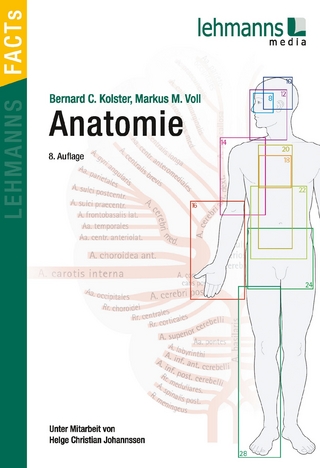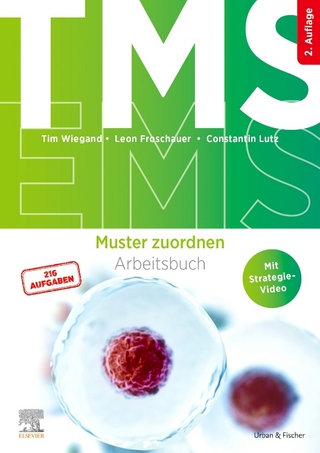
Recent Advances in QSAR Studies
Springer (Verlag)
978-94-007-3091-5 (ISBN)
Since the inception of this volume, the world's nancial climate has radically changed. Theemphasishasshiftedfromboomingeconomiesandeconomicgrowth totherealityofrecessionanddiminishingoutlook. Witheconomicdownturncomes opportunity,inallareasofchemistryfromresearchanddevelopmentthroughto productregistrationandriskassessment,replacementsarebeingsoughtforcostly time-consumingprocesses. Leadingamongstthereplacementsaremodelswithtrue predictivecapability. Ofthesecomputationalmodelsarepreferred. This volume addresses a broad need within various areas of the "chemical industries", from pharmaceuticals and pesticides to personal products to provide computationalmethodstopredicttheeffects,activitiesandpropertiesofmolecules. Itaddressestheuseofmodelstodesignnewmoleculesandassesstheirfateand effectsbothtotheenvironmentandtohumanhealth. Thereisanemphasisrunning throughoutthisvolumetoproducerobustmodelssuitableforpurpose. Thevolume aimstoallowthereaderto nddataanddescriptorsanddevelop,discoverandutilise validmodels. Gdansk, ' Poland TomaszPuzyn Jackson,MS,USA JerzyLeszczynski Liverpool,UK MarkT. D.
Cronin May2009 CONTENTS Part I Theory of QSAR 1 QuantitativeStructure-ActivityRelationships(QSARs)- ApplicationsandMethodology...3 Mark T. D. Cronin 1. 1. Introduction...3 1. 2. PurposeofQSAR...4 1. 3. ApplicationsofQSAR...4 1. 4. Methods...5 1. 5. TheCornerstonesofSuccessfulPredictiveModels ...7 1. 6. AValidated(Q)SARoraValidPrediction? ...9 1. 7. UsinginSilicoTechniques ...9 1. 8. NewAreasforinSilicoModels...11 1. 9. Conclusions...11 References ...11 2 TheUseofQuantumMechanicsDerivedDescriptorsin ComputationalToxicology...13 Steven J. Enoch 2. 1. Introduction...13 2. 2. TheSchrodingerEquation...15 2. 3. Hartree-FockTheory...17 2. 4. Semi-EmpiricalMethods:AM1andRM1...18 2. 5. ABInitio:DensityFunctionalTheory...19 2. 6. QSARforNon-ReactiveMechanismsofAcute(Aquatic) Toxicity...19 2. 7. QSARsforReactiveToxicityMechanisms...21 2. 7. 1. AquaticToxicityandSkinSensitisation...21 2. 7. 2. QSARsforMutagenicity ...24 2. 8. FutureDirectionsandOutlook...25 2. 9. Conclusions...26 References ...26 vii viii Contents 3 MolecularDescriptors...29 Viviana Consonni and Roberto Todeschini 3. 1. Introduction...29 3. 1. 1. De nitions...29 3. 1. 2. History...31 3. 1. 3. Theoreticalvs.
ExperimentalDescriptors...33 3. 2. MolecularRepresentation ...35 3. 3. TopologicalIndexes...38 3. 3. 1. MolecularGraphs...38 3. 3. 2. De nitionandCalculationofTopologicalIndexes(TIs) 39 3. 3. 3. Graph-TheoreticalMatrixes...42 3. 3. 4. ConnectivityIndexes ...48 3. 3. 5. CharacteristicPolynomial ...50 3. 3. 6. SpectralIndexes ...53 3. 4. AutocorrelationDescriptors ...
Theory of QSAR.- Quantitative Structure–Activity Relationships (QSARs) – Applications and Methodology.- The Use of Quantum Mechanics Derived Descriptors in Computational Toxicology.- Molecular Descriptors.- 3D-QSAR – Applications, Recent Advances, and Limitations.- Virtual Screening and Molecular Design Based on Hierarchical Qsar Technology.- Robust Methods in Qsar.- Chemical Category Formation and Read-Across for the Prediction of Toxicity.- Practical Application.- QSAR in Chromatography: Quantitative Structure–Retention Relationships (QSRRs).- The Use of Qsar and Computational Methods in Drug Design.- In Silico Approaches for Predicting Adme Properties.- Prediction of Harmful Human Health Effects of Chemicals from Structure.- Chemometric Methods and Theoretical Molecular Descriptors in Predictive QSAR Modeling of the Environmental Behavior of Organic Pollutants.- The Role of Qsar Methodology in the Regulatory Assessment of Chemicals.- Nanomaterials – the Next Great Challenge for Qsar Modelers.
| Reihe/Serie | Challenges and Advances in Computational Chemistry and Physics ; 8 |
|---|---|
| Zusatzinfo | 20 Illustrations, color; 55 Illustrations, black and white; XIII, 414 p. 75 illus., 20 illus. in color. |
| Verlagsort | Dordrecht |
| Sprache | englisch |
| Maße | 155 x 235 mm |
| Themenwelt | Medizin / Pharmazie ► Pharmazie |
| Medizin / Pharmazie ► Studium ► 1. Studienabschnitt (Vorklinik) | |
| Naturwissenschaften ► Biologie ► Biochemie | |
| Naturwissenschaften ► Chemie ► Organische Chemie | |
| Naturwissenschaften ► Chemie ► Physikalische Chemie | |
| Technik ► Maschinenbau | |
| Schlagworte | Modelling • molecular descriptors • QSAR • Quantitative Structure-Activity Relationships • Quantitative Structure–Activity Relationships |
| ISBN-10 | 94-007-3091-8 / 9400730918 |
| ISBN-13 | 978-94-007-3091-5 / 9789400730915 |
| Zustand | Neuware |
| Haben Sie eine Frage zum Produkt? |
aus dem Bereich


